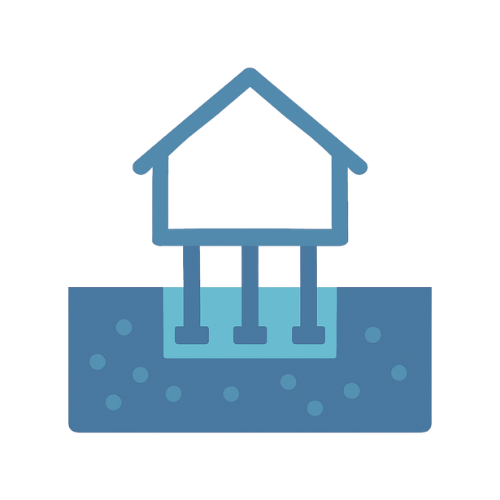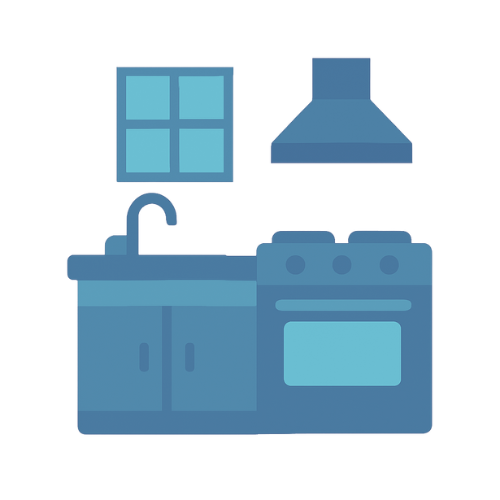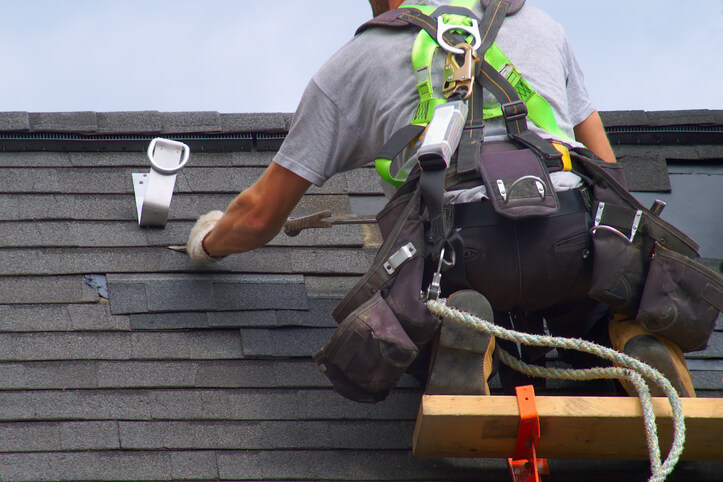Ensuring the durability and integrity of your home involves making pivotal decisions regarding roof repair or replacement at critical junctures. A robust roof safeguards the interior, directing water away and preventing costly damage from leaks, while also serving as a vital component of the home’s overall structural stability. With roofing materials typically boasting lifespans of 20 to 50 years, homeowners are invariably faced with the task of determining the appropriate time to either repair or replace their roof, navigating through the complexities of maintaining both its functionality and longevity. This guide aims to assist in making that crucial decision, providing a pathway to optimal home preservation.
Signs Your Roof Might Just Need Repairs
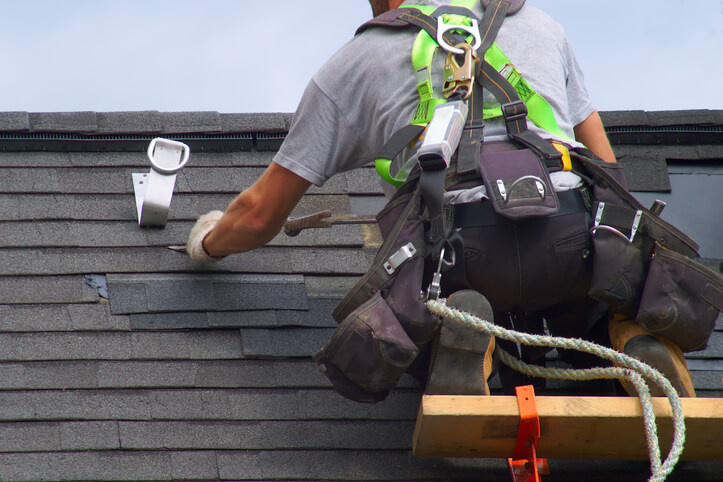 Single-ply composition roofing shingles are cost-effective and easy to install, which is why they are the most popular roofing material for residential use. Asphalt shingles also have the shortest life span. Standing seam metal roofing, meanwhile, should last 50 years or more even under the harshest conditions.
Single-ply composition roofing shingles are cost-effective and easy to install, which is why they are the most popular roofing material for residential use. Asphalt shingles also have the shortest life span. Standing seam metal roofing, meanwhile, should last 50 years or more even under the harshest conditions.
Regardless of which type of roof you have, leaks can happen. Here are five signs your roof might need some minor repair work by a licensed roofing contractor:
Missing or Damaged Shingles
Damage can occur to even the hardiest roofing materials, such as slate or tile. If you see missing, broken or cracked tiles or shingles, it could lead to water leaks.
Minor Leaks
Water damage on the walls or ceiling in any rooms in your home — especially following a storm event — is likely caused by a leaky roof. Water can travel quite a distance, so the damage may not be directly above the affected area.
Improperly Installed Flashing
Wherever seams come together on your roof, or the roof meets a wall line, there’s metal flashing underneath the roofing material. These areas are common leak points.
Excessive Shingle Granules in Your Gutters or Walkways
When asphalt shingles start to wear out, they shed the granules that help form the shingles protective exterior coating. Excessing granules mean you likely have some shingles in need of replacing.
Moss on the Roof
Large amounts of moss growing on your roof means it’s holding water rather than shedding it. Leaving the moss on your roof could lead to rot.
Indications You Might Need a Roof Replacement
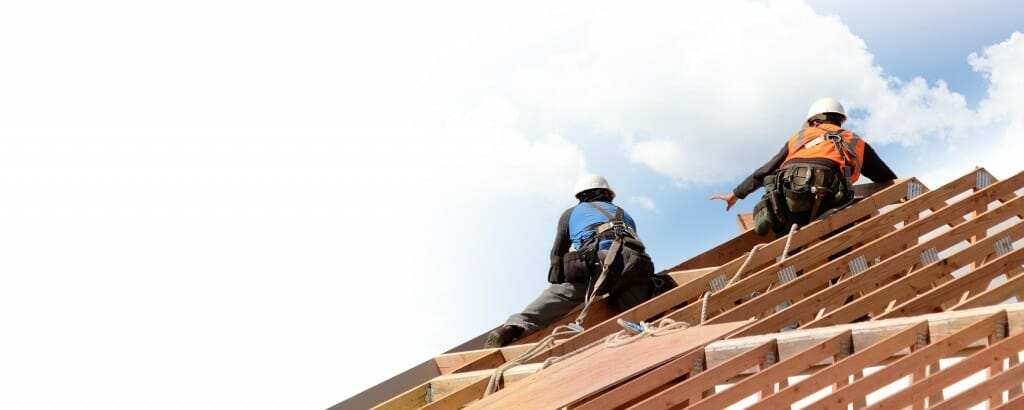 You might have to replace your roof — either the roofing materials or the roof sheathing as well — if you notice some of the following symptoms.
You might have to replace your roof — either the roofing materials or the roof sheathing as well — if you notice some of the following symptoms.
- Excessing Age: Asphalt and wood shingles can last for decades, but eventually, the entire roof will need to be replaced. If your roof is 50 years old or more, you are likely facing a complete replacement.
- Extensive Water Damage or Leaks: Small leaks can be repaired. A gushing roof likely requires extensive replacement work.
- Sagging Roof Deck: If you can see sagging across the larger spans of your roofline, it probably means the roof has retained moisture for extended periods. The structural integrity of the roofing members (trusses or rafters) also may be compromised.
- Widespread Mold or Moss Growth: If your roof looks like the jungle from the film Jumanji, it’s probably taken extensive damage from excessive moss growth.
- Multiple Layers of Shingles: It’s common for homeowners to lay a new row of shingles over an older layer. This method is a short-term fix — the underlying issues of worn-out shingles needs to be addressed at some point.
Cost Implications
Short-term repairs may cost a fraction of a complete roof replacement, but repairs are usually just band-aids. Having your roof replaced by a licensed roofing contractor is the safest method of ensuring your roof problems go away completely. A new roof also can be a major selling point for your home.
Roof repairs average between $380 and $1,750, while a new roof costs between $5,700 and $12,500. No two roofs are alike, and not two problems are for that matter. Costs to repair or replace your roof will depend on the nature of the problem, size of your roof, choice of materials, and your contractor’s labor rates.
Safety Considerations
Neglecting roof repairs can lead to serious issues, much like ignoring a growing problem elsewhere. Delaying necessary repairs or replacements can result in significant water damage to your home. Beyond the cost of fixing the roof, you’ll also incur expenses for repairing interior damage, such as drywall, insulation, and painting. Addressing roof issues promptly helps prevent further complications and additional costs.
Professional Assessment of Your Roof and Underlying Structure
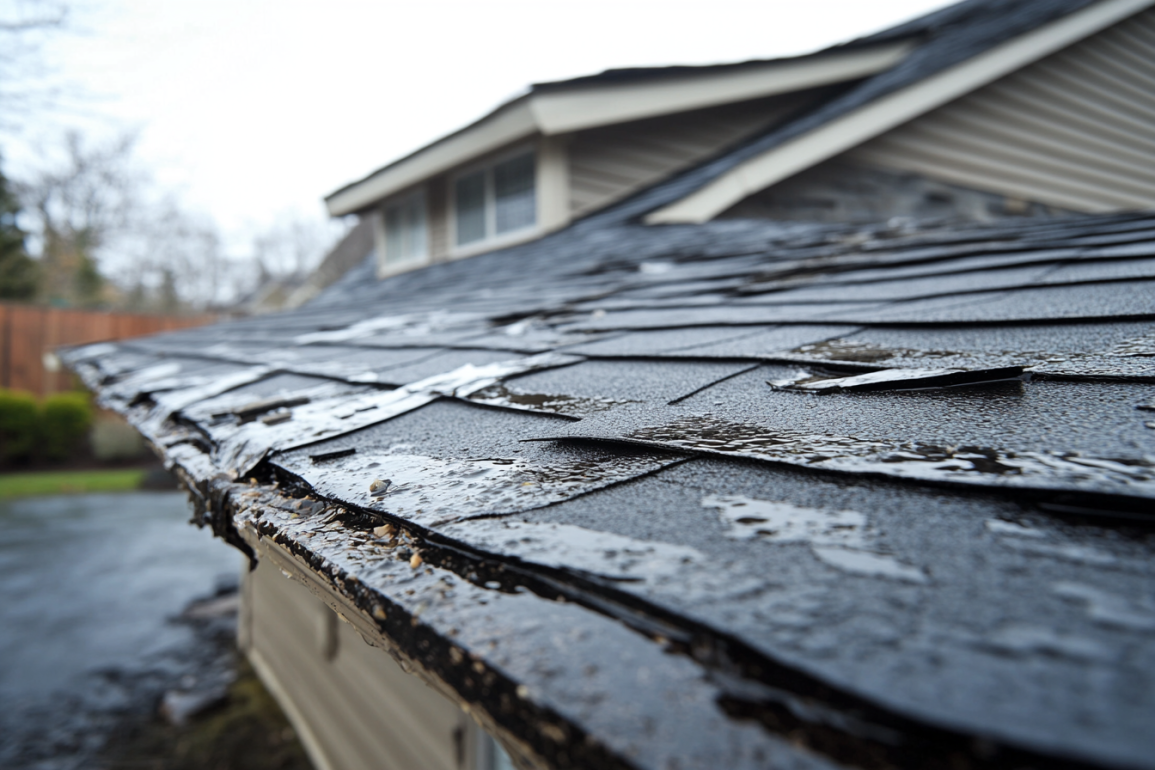 The hard reality of roof and water damage to your home is that it could have been prevented with a professional annual inspection.
The hard reality of roof and water damage to your home is that it could have been prevented with a professional annual inspection.
These professionals hold certifications from state-level or national organizations and can provide you with an expert evaluation about the condition of your roof and roofing underlayment. They will inspect the integrity of your shingles, slates or tiles, flashing, vents, gutters, fenestration points, chimney, and any other integral elements of your roof. You also may get high-resolution photos of the inspection so you can see problem areas first-hand without having to go on the roof yourself.
Regular inspection can help repair problem areas before they cause extensive damage, and extend the life of your roof by identifying any issues that may lead to water damage in the future.
Energy Efficiency Considerations
A roof that’s in poor condition will inevitably lead to higher utility bills. Air is escaping the attic envelope, forcing your heating and cooling systems to work harder. A new roof, meanwhile, can boost your roof’s thermal performance and lead to reduced energy consumption.
Balancing Act: Deciding Between Roof Repair and Replacement
Repair or replace is a delicate balance. You don’t want to spend thousands on a new roof when a few hundred will fix a minor issue. At the same time, you don’t want to keep spending a few hundred on recurring problems stemming from a roof that simply needs to be completely replaced.
Perhaps the main thing to consider is how your current roof impacts the overall integrity of your home. A poor roof will lead to problems throughout the home and could end up costing you a great deal of money. Keep that thought top-of-mind when it comes to deciding whether to spend money on a roof repair or a roof replacement.
The post Repair or Replace Roof: How to Decide What’s Best for Your Home appeared first on Modernize.






